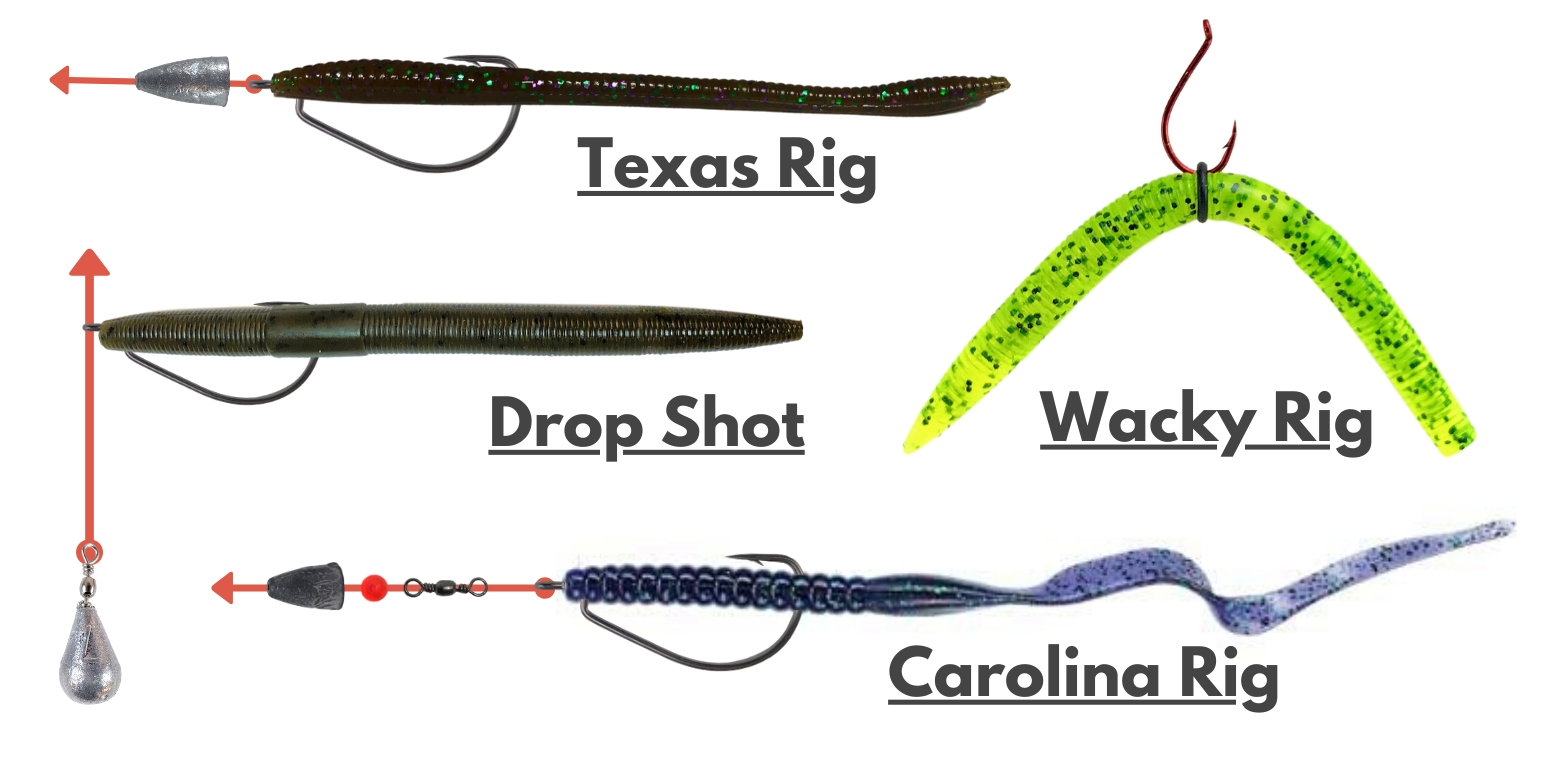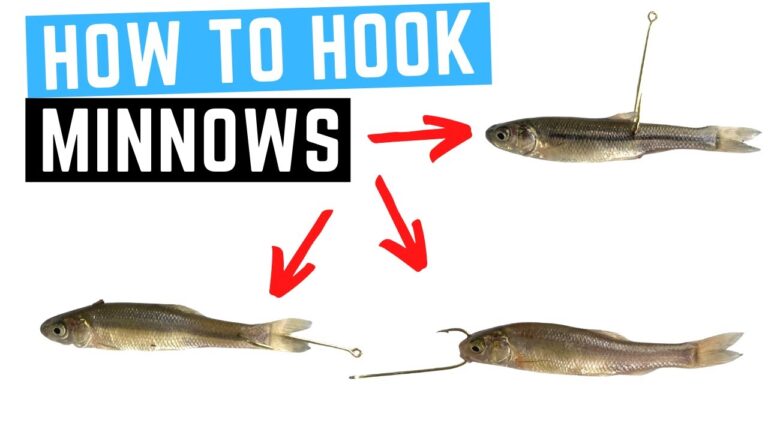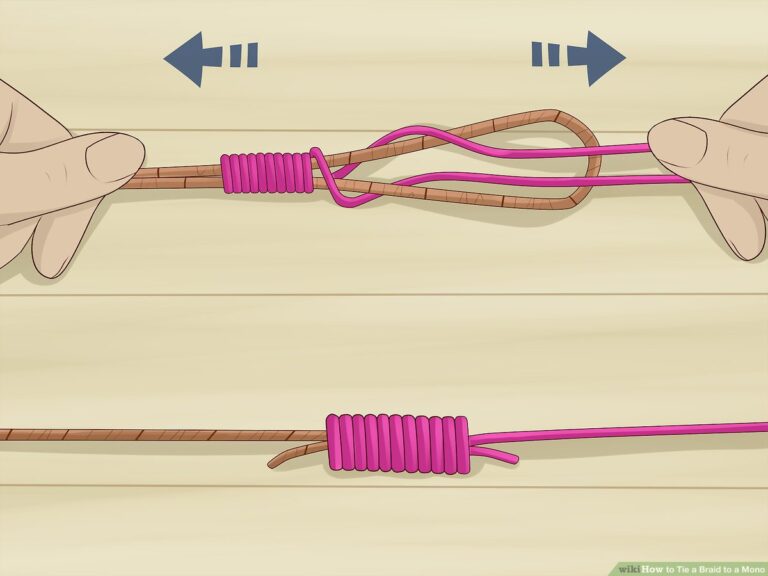How to Hook a Plastic Worm

To hook a plastic worm, thread the hook through the worm’s head and out its side. Ensure the worm hangs straight to mimic natural movement.
Plastic worms are essential tools in any angler’s arsenal, offering an effective and versatile bait option for catching a wide variety of fish. Anglers around the world rely on these soft baits for their uncanny ability to attract bass and other species.
Mastering the simple yet precise technique of rigging a plastic worm can significantly increase your chances of success on the water. Tailored to both novice and experienced fishermen, understanding how to properly hook a plastic worm is the cornerstone of finesse fishing. With a variety of rigging options available, the straight-shank hook method provides a starting point that emphasizes natural presentation crucial for tempting wary fish.

Credit: www.wikihow.com
The Lure Of Plastic Worms
Plastic worms have become essential in modern angling due to several key reasons. Anglers prize these versatile lures for their ability to attract a variety of fish species. The bright colors and lifelike movements mimic the prey of these aquatic creatures, making them hard to resist.
Comparing plastic worms to live bait brings to light distinct advantages. They are far more durable and long-lasting, which means you can use them through multiple casts without need for replacement. Their availability in countless shapes and designs also allows the angler to tailor their approach according to the target fish and water conditions.
Types Of Plastic Worms
Plastic worms are a top choice for bass fishing. Anglers select worms based on their tails. A straight tail worm glides smoothly through water. It’s great for a subtle approach. Bass often find this less aggressive action tempting.
Curly tail worms have a busier action. Their tails create noticeable movement in water. This motion can trigger strikes from active fish. They’re ideal when fish are responding to lively prey.
| Worm Variety | Feature | Best Use |
|---|---|---|
| Straight Tail | Smooth glide | Subtle approach |
| Curly Tail | Active movement | Lively prey imitation |
Plastic worms also come in other varieties. Each offers unique features. These can match different fishing conditions. Try different ones to see what works!
Essential Tackle For Worm Rigging
Selecting the right hook is crucial for successful worm rigging. Opt for wide-gap hooks with a size that matches your plastic worm. These hooks ensure a better hook-set, improving your catch rate.
Regarding weights and sinkers, the choice depends on the fishing technique. Use a bullet weight for Texas rigging to glide through cover. For a slow fall, consider a lighter slip sinker or no weight at all.
For fishing line selection, choose a line that complements the conditions. A braided line offers sensitivity and strength, ideal for detecting bites. Fluorocarbon provides invisibility underwater, perfect when fish are line-shy.
The Art Of Hooking A Worm
The Texas Rig is a popular method for hooking a plastic worm. First, insert the hook point into the worm’s head. Next, push the hook through about a quarter-inch. Then, bring the hook out and slide the worm up to the hook’s eye. Rotate the worm so it’s in line with the hook. Finally, poke the hook through the worm’s body, ensuring it’s straight. This setup minimizes snags and maximizes action.
Carolina Rigging uses a weight followed by a bead, then a swivel. From the swivel, tie a leader line with a hook at the end. Thread the worm onto the hook, similar to the Texas Rig. This technique allows the worm to float and move naturally.
Wacky Style Rigging is unique. Simply insert the hook through the worm’s middle. The worm dangles evenly from both sides. This creates a fluttering motion that’s irresistible to fish.
Pro Tips For Effective Worm Fishing
Detecting bites while fishing with a plastic worm can be challenging. Ensure your line is always taut for optimal sensitivity. Look for unusual line movements, such as sudden twitches or slack. These can be subtle hints that a fish is nibbling at your worm. Be patient and stay focused, as bites can often be swift and easy to miss.
Setting the hook properly is crucial for a successful catch. Once you feel a bite, don’t jerk the rod immediately. Instead, reel in slack and then give a firm pull to the rod upwards. This action secures the hook in the fish’s mouth.
Employ varied retrieval strategies for different waters to increase your chances of catching fish. For instance, use slow retrieves in colder water as fish tend to be less active. In contrast, try faster retrieves in warmer waters to mimic live prey behavior. Always be willing to experiment with retrieval speeds until you find what works.

Credit: www.takemefishing.org
Common Mistakes To Avoid
Ensuring the hook gap is clear of obstructions is vital for a good worm presentation. A blocked hook gap may prevent a secure hookset, leading to lost fish. Regular checks can save your day on the water.
Knot strength should not be underestimated. A weak knot is often the culprit behind a failed catch. Use a reliable fishing knot, like the Palomar or Improved Clinch, and tighten it properly to ensure that the fish stays on.
The weight affects the worm’s sink rate and movement. Using the wrong weight can make the worm behave unnaturally. A lighter weight is key in shallow water, while a heavier one is better for deep-water conditions. Match the weight with the depth and current for best results.
Conservation And Responsible Fishing
Catch and Release Best Practices stress the importance of gentle handling. Fish should always be wet before touching. This helps protect their slime coat. Quickly remove the hook using pliers. If the hook is deep, cut the line closer to the bait. Avoid keeping fish out of water for long periods. Aim for seconds, not minutes. Release fish gently back into the water. Support them until they swim away.
Choosing Eco-Friendly Gear starts with non-toxic weights. Lead-free tackles are vital for protecting water habitats. Biodegradable plastic worms reduce harm to marine life. They break down naturally over time. Look for eco-certified products when shopping. They meet environmental standards. Lasting gear also cuts down on waste. Choose durable items to prevent frequent replacements.

Credit: tailoredtackle.com
Frequently Asked Questions On How To Hook A Plastic Worm
How Do You Put A Hook In A Plastic Worm?
Thread the hook through the worm’s head, pushing it straight about a quarter of an inch. Twist the hook around, and align its point alongside the worm body. Pierce the worm’s body back onto the hook’s point to secure it in place for a weedless presentation.
What Is The Best Way To Fish A Plastic Worm?
Choose a suitable plastic worm and rig it, either Texas or Carolina style. Cast near structures and let it sink to the bottom. Retrieve slowly with periodic twitches to mimic live prey. Stay alert for subtle bites, often indicating a fish has taken the worm.
What Is The Best Hook For Plastic Worms?
The best hook for plastic worms is typically a 3/0 to 4/0 size EWG (Extra Wide Gap) hook for optimal performance and secure lure presentation.
How Do You Rig A Worm?
To rig a worm, thread it onto the hook until the hook point emerges. Adjust the worm so it hangs naturally, ensuring the body isn’t twisted. Use Texas or Carolina style for weedless presentations, matching hook size to the worm for optimal performance.
Conclusion
Mastering the art of hooking a plastic worm is crucial for successful bass fishing. By embracing these techniques, anglers can significantly improve their catch rate. Remember, practice breeds precision. Dust off your tackle box, thread that worm with confidence, and prepare for the thrill of the catch.
Happy fishing!



